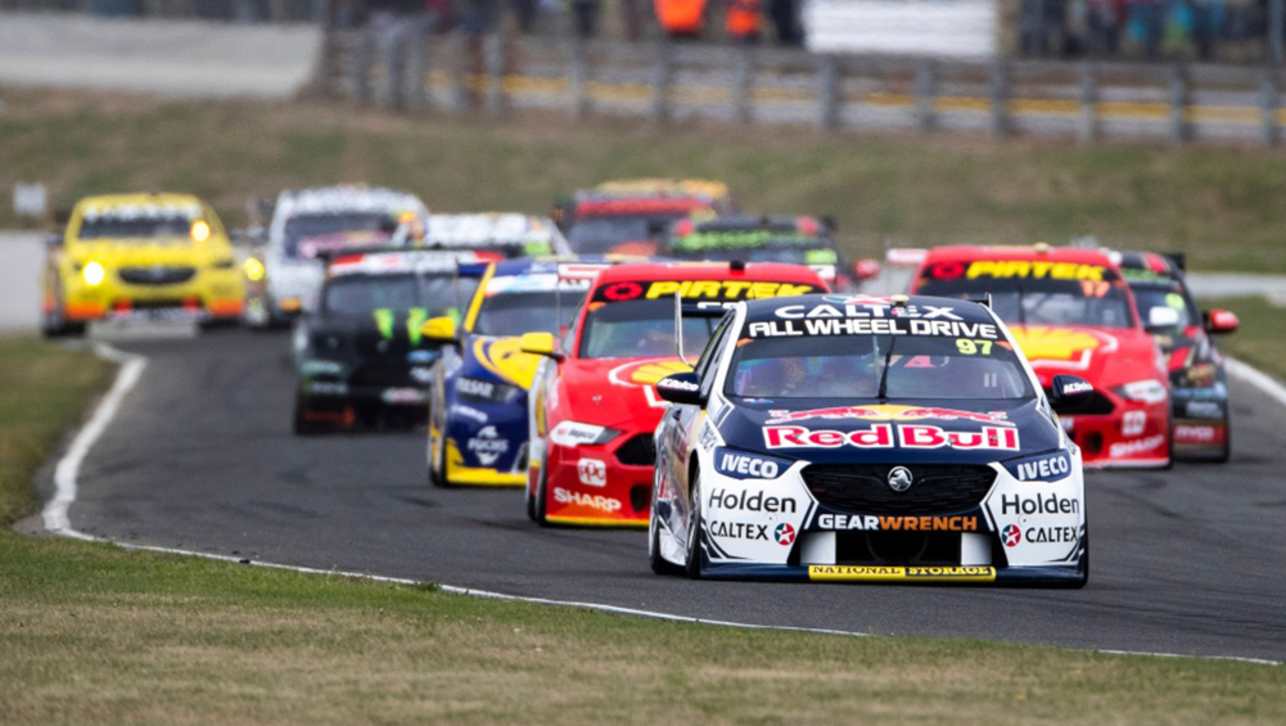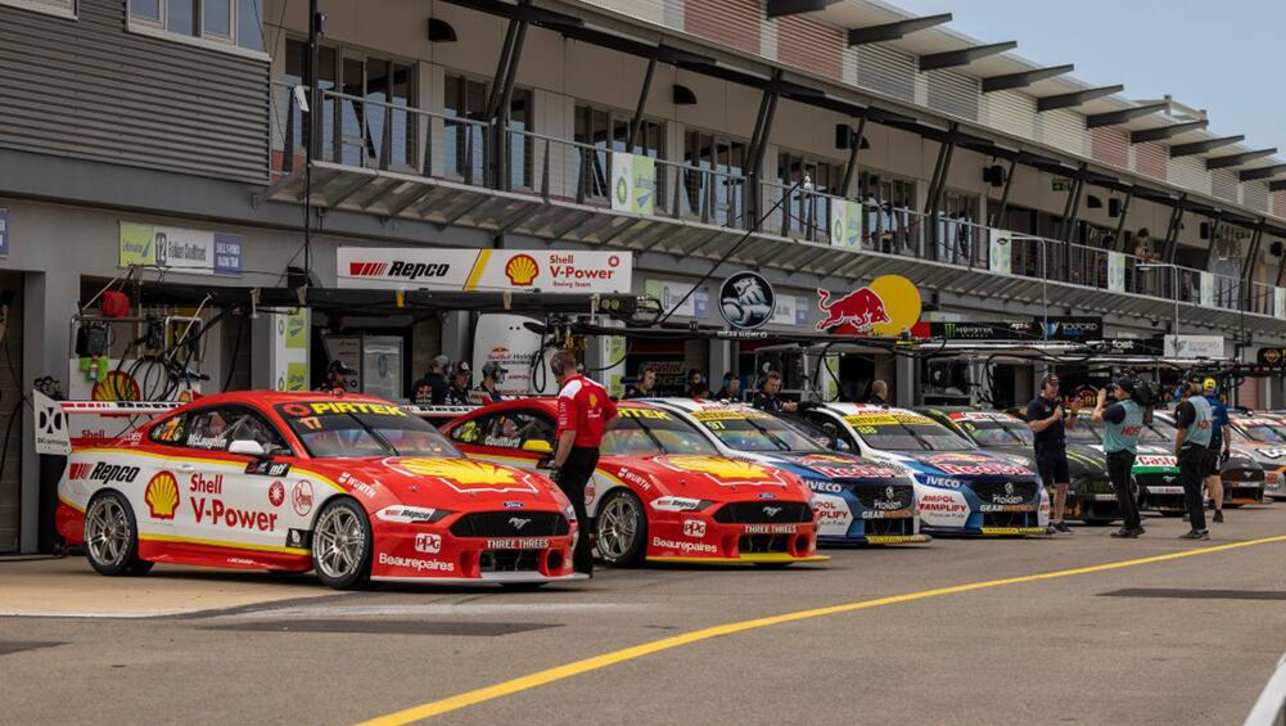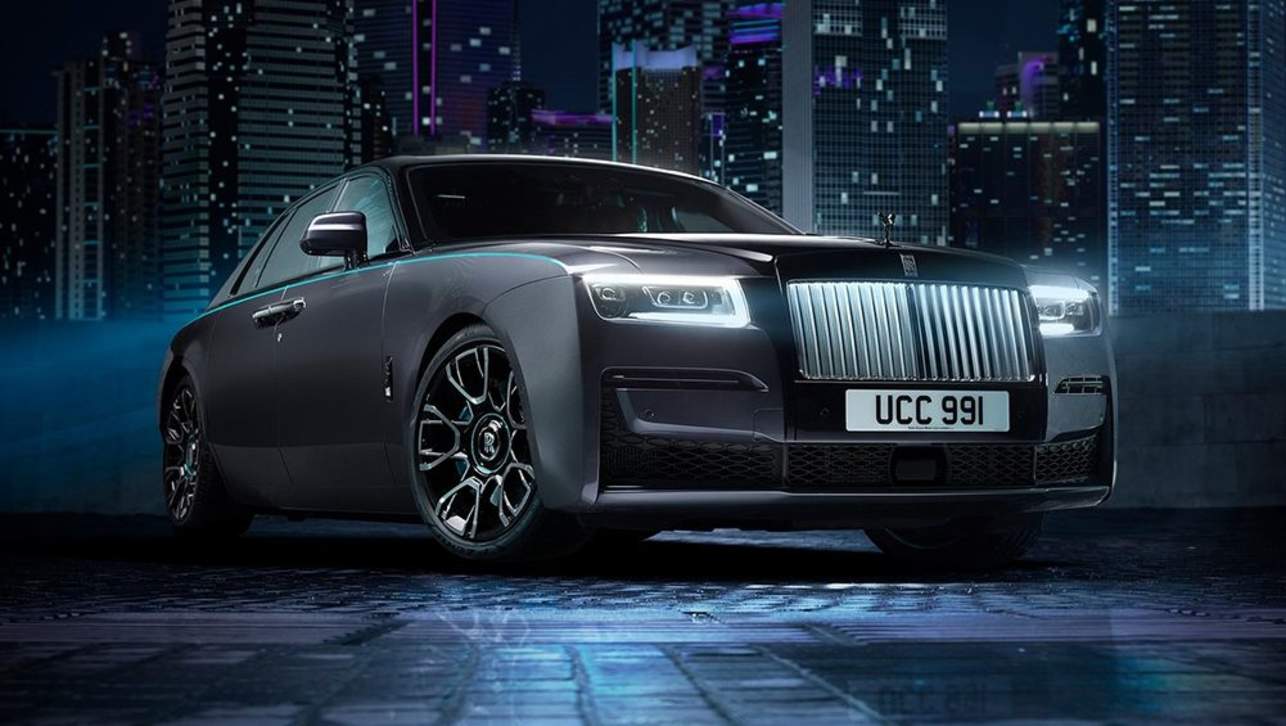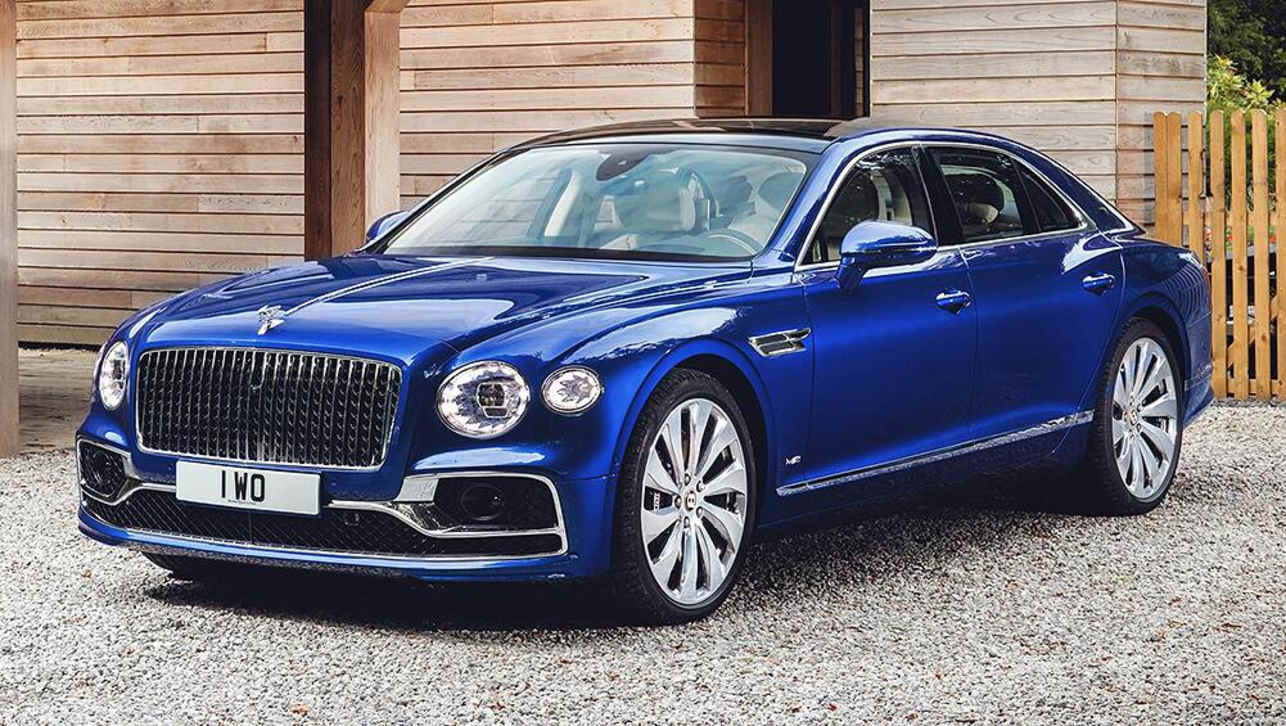Officially Australia’s premier racing series is known as Supercars. But to most people it’s still called V8 Supercars, and it’s a more approtiate name because the series has always been contested with 5.0-litre V8 engines.
But that will change in 2023 when the new ‘Gen3’ regulations are introduced, bringing in the new Ford Mustang and Chevrolet Camaro models which will both be powered by all-new engines; at least for the category.
The new V8 Supercar engines are actually long-serving V8s found in the road-going Mustang and Camaro, which is all part of the push by the organisers to make the category more relevant to what you'll find on the road.
Here’s the details of what’s currently under the bonnet of the V8 Supercars and what’s coming in the future.
What is V8 Supercars?

Before we deep-dive into the engines, lets take a look at the history of the category and the broader V8 Supercars specifications.
The series began in 1993 when the locally developed ‘5.0-litre touring car’ rules (officially known as Group 3A just in case you ever need it for a quiz) were introduced to replace the global ‘Group A’ formula that was dominated by the likes of the Nissan GT-R, Ford Sierra Cosworth and BMW M3.
This was done to return the sport to glory days of the 1970s and ‘80s when Ford and Holden competed with their popular family cars - including the Falcon, Torana and Commodore - and make the sport more relevant to both the local car makers and fans. It was also designed to reduced costs and make the racing more exciting.

So the Ford Falcon and Holden Commodore became the only two models that could race, each powered by a V8 engine. This new format immediately proved more popular and saw a new generation of drivers including Craig Lowndes, Greg Murphy and Russell Ingall competing against the established stars including Peter Brock, Dick Johnson and Larry Perkins.
The switch to the V8 Supercars name came in 1997 as the series got new ownership and became more professionally run and promoted. New events like the Adelaide street race as well as overseas events in China, Bahrain and the USA followed over the next decade.

The sport became more popular during this period, but it coincided with the decline in interest in the locally-built Falcon and Commodore. The organisers tried to respond to this by introducing new V8 Supercars specs in 2013 that allowed more car brands to join, with Nissan, Mercedes-AMG and Volvo signing up (although Mercedes was in an unofficial capacity).
That provided a short-lived boost but eventually all three brands disappeared from the grid by the start of the 2020 season.

By the start of the 2018 championship Holden introduced the ZB Commodore (the first Commodore unavailable with a V8 engine as a production car) and in 2019 the Mustang finally replaced the Falcon FG X (which had been discontinued since 2016).
With the need to return to market relevance, Supercars announced plans for its Gen3 rule package in 2020, with a switch to two-door models, less aerodynamics and more road car-relevant engines.
What engines do V8 Supercars use?
The current V8 Supercars engine specifications have, like the engines themselves, been fine-tuned over the past 28 years. Both the Ford Mustang and Holden Commodore use a 5.0-litre V8 engine that has been specifically created for racing, with many bespoke parts.
While these engines are powerful and sound great, they have also become very expensive and are out-of-date relative to those car makers use. Both engines are smaller than used in the respective road cars, use cast iron blocks, two-valves per cylinder and overhead valves (aka pushrods).
Supercars’ ‘Car of the Future’ rules introduced in 2013 allowed for manufacturers to use more modern technology, including aluminium blocks, four-valves per cylinder and overhead camshafts, and these types of engines where developed by Nissan, Volvo and Mercedes-AMG. However, Ford and Holden chose to stick with what they had, so when the other three brands left the sport, it was left with the older engines they have today.
What cars race in V8 Supercars?

At present the sport is contested by the Ford Mustang and Holden Commodore (ZB). With delays to the Gen3 rules due to on-going supply chain problems caused by the global pandemic, these cars will race again right through the 2022 season.
The current plan calls for the sport to demonstrate the new Gen3 Mustang and Camaro throughout the ‘22 championship before the teams hit the track with them in 2023.
Are there rules and regulations about the types of engine used in V8 Supercars?
With the car manufacturers scaling back their involvement in Supercars over the past decade, Supercars has taken a more direct role in the development of the new Gen3 engine specifications. Because of that, they haven’t been forced to write a specific rule book but have instead taken a more holistic view of the engine development to ensure they get V8 engines that are more road car-relevant but also loud, powerful and cheaper.
Cutting costs has been a key element of these new rules, with the current 5.0-litre engines costing up to $150,000. The target price for these new units is between $65-70,000.
Another key way to save costs is reduced work on maintaining the engines, so Supercars is targeting 5000km service intervals initially, but the intention is to stretch that to 10,000km eventually. That’s a vast improvement over the current engines that require maintenance every 4000km; which itself is a big leap forward from the 1000km overhauls some teams used to do.
This is one of the main reasons for the switch to the larger capacity engines, because it will mean less stress on components which should extend parts life.
How much do they differ from each car?
.jpg)
In short - a lot. Unlike the old regulations that required a 5.0-litre engine, these new engines are based on what’s found in the road cars.
So the Chevrolet Camaro will use a 5.7-litre V8, while the Ford Mustang V8 engine is only 5.4-litres but is part of the ‘Coyote’ family you’ll find under the bonnet of the ‘Stang in the showroom.
That’s only the beginning of the differences. The Camaro uses a larger capacity engine because it uses older technology than the Ford, with only two valves per cylinder and a single camshaft. In contrast the Mustang engine has four-valve per cylinder and four camshafts, meaning the two engines extract the same performance despite being different sizes.
Which ones are the best? How much do they influence the result of a race?
Because Supercars has been so hands-on in the development of the new engines it has been able to ensure performance parity between the two. So while the Chevrolet engine is bigger it isn’t more powerful than the Ford. So, in theory at least, the two engines should be even on the track and not advantage either side in terms of winning more races.
How often do they change? When was the last update to the V8 Supercar engine rules?
[video:youtube]https://www.youtube.com/watch?v=UTdU5y35-FQ&t=43s[/video]
This will be the first significant change to the Holden/Chevrolet and Ford engines since the introduction of the category in 1993.
This is despite attempts to open the sport to even more brands by dropping the ‘V8’ from the name - officially becoming just ‘Supercars’ - and introducing ‘Gen2’ rules for 2017 that would have allowed for teams to run turbocharged four- and six-cylinder engines.
With the ZB Commodore not available with a V8 engine as a production car, Holden investigated using a 3.6-litre twin-turbo V6 engine - sourced from GM brand Cadillac. The V6 engine got as far as track testing and a public demonstration at Bathurst in 2017 but Holden ultimately decided to abandon the project due to cost and complexity.
So V8 engines have remained the only type to power Australian touring cars/Supercars since 1993.


.jpg)

.jpg)


.jpg)
 copy.jpg)
.jpg)

.jpg)
.jpg)
.jpg)


.jpg)



.jpg)

.jpg)

.jpg)





Comments